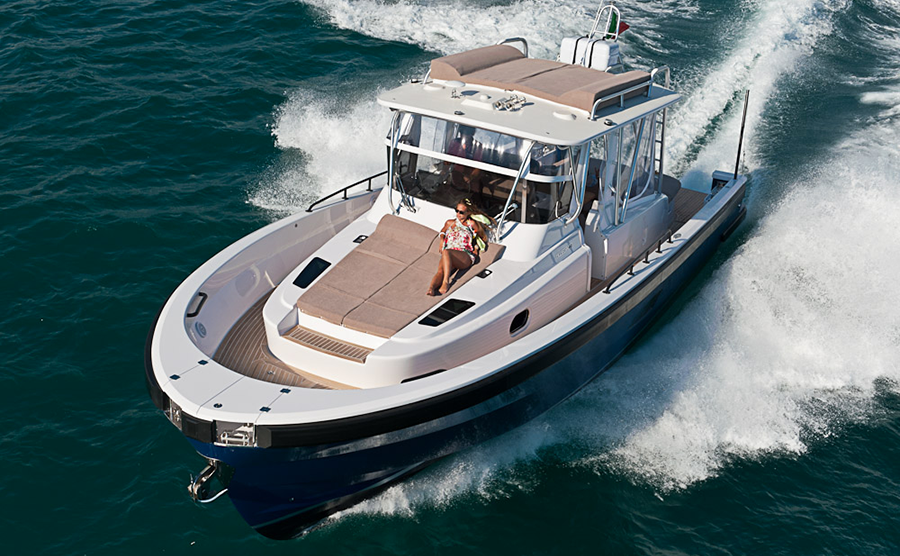Inspecting a Used Yacht: Key Steps for Buyers

Key Takeaways:
- A thorough inspection of a yacht is essential before making a purchase.
- Focus on critical areas like the hull, engine, electronics, and sails.
- Documentation and professional surveys can save future headaches.
- Test sailing is crucial to understanding the vessel’s performance.
Table of Contents:
- Introduction
- Preparing for Inspection
- Hull and Structure
- Engine and Mechanical Systems
- Electronics and Electrical Systems
- Rigging and Sails
- Documentation and History
- Professional Surveyors and Test Sails
- Conclusion
Introduction
Purchasing a used yacht is a significant investment that requires careful consideration and a thorough inspection. The process can seem overwhelming, especially for first-time buyers. However, by focusing on critical areas and following a structured inspection process, you can ensure your potential purchase is seaworthy and meets your needs. This guide will walk you through the essential steps for inspecting a used yacht, helping you make an informed decision you won’t regret.
Preparing for Inspection
Proper preparation is crucial before diving into the technical aspects of a yacht inspection. Begin by researching the yacht model you’re interested in and compiling a checklist of critical items to inspect. Ensure you have all necessary tools and equipment, such as a flashlight, moisture meter, and camera. It’s also wise to familiarize yourself with resources like j boats New York to gain insights on what to look for in used yachts from trusted sources.
Hull and Structure
The yacht’s hull and structural integrity are of the utmost importance. Start by inspecting the exterior for signs of damage, blistering, or cracks. Pay close attention to the bottom of the hull, and consider hauling the yacht out of the water for a thorough examination. Check for any repairs or modifications, as these can indicate past issues. Inspect the deck for soft spots or delamination, which could suggest water intrusion.
Engine and Mechanical Systems
The engine is the heart of any yacht, so ensuring it’s in good condition is crucial. Look for signs of leaks, rust, or corrosion. Check the oil and coolant levels, and examine the belts and hoses for wear and tear. Start the engine and listen for any unusual noises. Inspecting the fuel and water tanks for any signs of contamination or leaks is essential, as these can lead to significant issues.
Electronics and Electrical Systems
Modern yachts have various electronic and electrical systems that must be in top condition. Inspect the navigation equipment, including the GPS, radar, and autopilot, to ensure they function correctly. Check the condition of the batteries and wiring, and look out for any signs of corrosion or improper installation. Test all onboard systems, such as lights, pumps, and HVAC units, to confirm they are operational.
Rigging and Sails
The rigging and sails are vital components of a sailing yacht. Inspect the standing rigging, including the mast, spreaders, and shrouds, for any signs of corrosion or wear. Check the running rigging, such as halyards and sheets, for fraying or damage. Examine the sails for tears, patches, or UV damage, as well as the condition of the sail hardware, such as winches and blocks. Ensure all components work well to avoid costly repairs or replacements.
Documentation and History
Understanding the yacht’s history is essential for making an informed decision. Request maintenance records, previous surveys, and any documentation related to repairs or upgrades. Verify the ownership history and ensure no outstanding liens or legal issues are associated with the vessel. Proper documentation can provide valuable insights into how well the yacht has been maintained and whether it has faced any significant problems.
Professional Surveyors and Test Sails
Enlisting the help of a professional surveyor can be invaluable during the inspection process. A surveyor can provide an unbiased, expert assessment of the yacht’s conditions, helping you identify potential red flags. Additionally, conducting a test sail is crucial to evaluate the yacht’s performance on the water. Pay attention to how the yacht handles, the functionality of the sails and rigging, and any unusual noises or vibrations. This firsthand experience can provide peace of mind and ensure you make the right choice.
Conclusion
Purchasing a used yacht is a significant investment that requires careful inspection and consideration. By focusing on critical areas such as the hull, engine, electronics, and sails, you can ensure that your potential purchase is in good condition and meets your needs. Proper preparation, thorough documentation review, and the assistance of a professional surveyor can save you from future headaches and costly repairs. With these steps, you can confidently navigate buying a used yacht, ensuring your investment is sound and your future sailing adventures are smooth and enjoyable.


